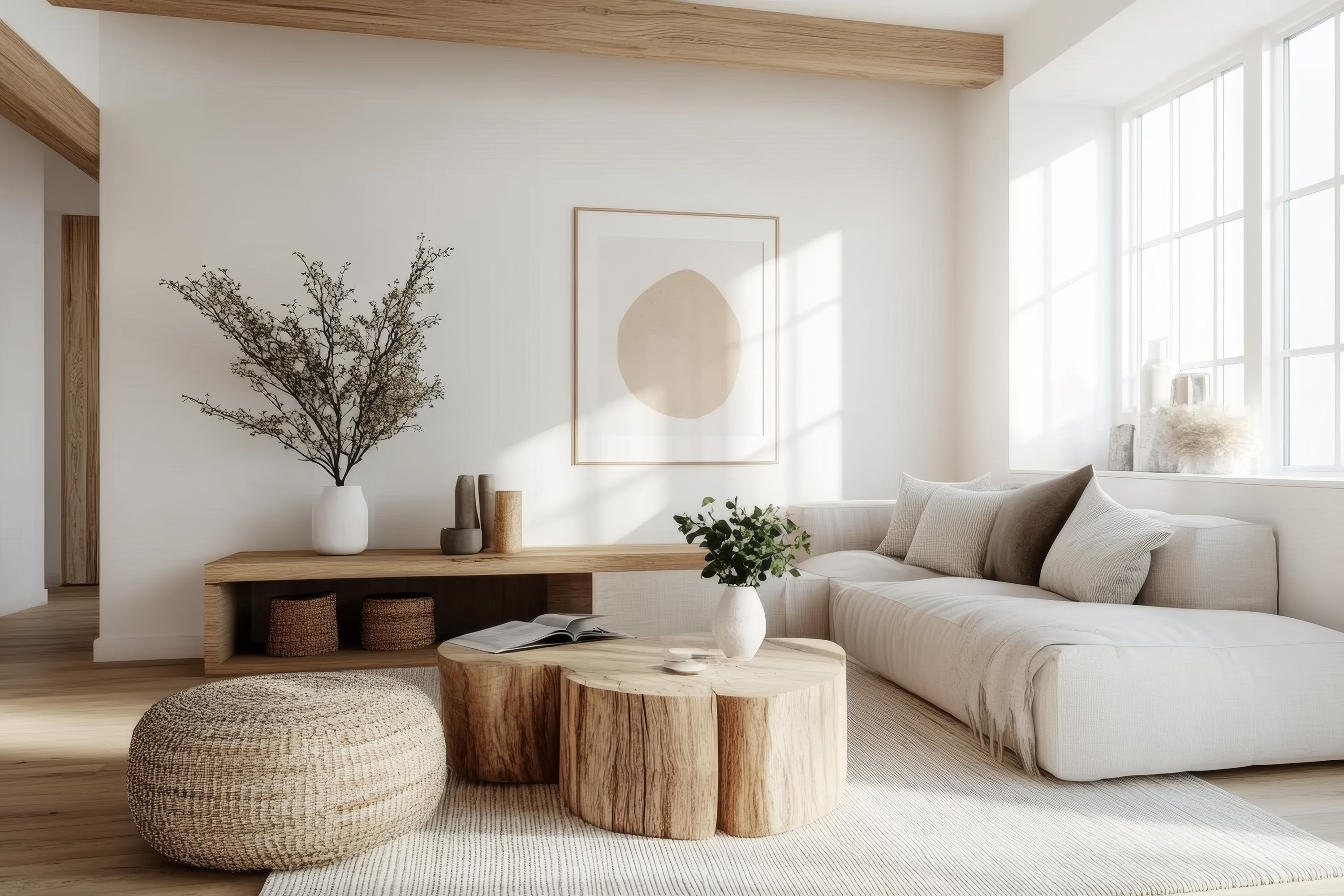- Blog
- What is an Ottoman Used For?
What is an Ottoman Used For?
Jan 17, 2022

An ottoman is a piece of furniture typically used as extra seating or storage. It can be found in homes, offices and dorm rooms, in many shapes, sizes, colors, textures, and materials to suit any decorating need. They are often covered with an upholstery fabric which gives them their soft look and feel.
Ottomans display what some people consider the epitome of comfort for sitting on while watching TV or reading a book. Most have four metal or wood legs that provide stability when the ottoman is being used for its original purpose — sitting on!
History of the Ottoman
Ottomans were invented in what is now modern-day Turkey and introduced to Europe the late 18th century.1 The style of ottomans has evolved over time going from a bench with many cushions as the primary seating in a room to a piece of furniture in the home that is mostly used as a footrest while sitting on a different piece of furniture.
Different Types of Ottomans
While there are many different types of ottomans, most fall into one of four categories.
Traditional Ottoman
A traditional ottoman is what most people tend to think of when they picture what an ottoman looks like. These tend to be large footrests that can double as seats. The traditional ottoman also has what is usually a thick cushion for seating. They tend to be square or rectangle in shape and are usually made of upholstery fabric which is what gives them their soft, comfortable look.
Pouf Ottoman
A pouf ottoman is soft, round and usually colorful. The insides will often be made of a soft material that makes them comfortable to sit on.
Coffee Table Ottoman
A coffee table ottoman will generally have a hard top so it can be stable enough to hold cups, plates or other items that you don't want falling off of your ottoman.
Cube Ottoman
A cube ottoman is the shape of a cube and can be combined with several other cube ottomans to make unique arrangements when decorating. These will also typically provide storage options as the top of the cube is often a lid that opens up to reveal storage inside.
How to Choose the Right Ottoman
When it comes to choosing the right ottoman, first consider what it will be used for. If you are looking for something that will double as a seat, then look for an ottoman that is tall enough for you. If you are looking for something mainly to use as a footrest, make sure it provides ample support and comfort.
Once you have determined the role of your ottoman, then it’s time to think about its style and color. If you are going for a traditional look, then stick with neutrals like black, brown or gray. If you want to add a pop of color to your home, go with a pouf ottoman in bright colors like red, green or yellow.
Ottomans are versatile pieces of furniture that can be used for many different purposes. Whether you are looking for something to use as a footrest, seat or coffee table, there is an ottoman out there that will fit your needs.
Four Tips to Maintain Your Ottoman
Clean Regularly:
Ottomans tend to collect dirt and dust easily, so it is important to keep it clean by vacuuming it often. Make sure to spot clean any stains immediately, as they can be difficult to remove if left untreated.
Be Careful About What Objects You Place On It:
Setting certain objects on your ottoman can cause irreversible damage — avoid stacking heavy objects or things that might spill on top of your ottoman as these could leave a mark.
Protect with a Cover:
It's a good idea to protect your ottoman from dirt with a fitted cover. This will also help prevent the color of the ottoman from fading. While some may view the cover as an eyesore, it can be a great way to make your ottoman last a long time. Plus, you can always remove the cover before your guests arrive.
Use a Lint Roller
Lint rollers or brooms are great ways to clean the fibers before you vacuum your ottoman. If you have a lot of loose fibers, it's important to remove them before you vacuum. This will help the hairs from getting tangled in the brushes of your vacuum cleaner and causing any damage.
How Can Acima Help?
Acima can help you meet all your furniture needs by increasing your shopping power and helping you choose the right piece of furniture from a variety of furniture retailers. Acima is the no credit option, which means you can get what you want without using credit*. We offer flexible terms to put you in control. Make manageable lease renewal payments as you work towards ownership, save by exercising your early purchase option, or return the item in good condition if it no longer works for you!
Common Questions About Ottomans:
How do you decorate an ottoman?
There are a number of ways to decorate an ottoman. You can use a tray or a small table on top of it. You can also place books, magazines or other types of objects on top for decoration. If you’re feeling artistic, you can paint the entire surface of the ottoman with various colors and patterns. Some people like to cover ottomans with pillows and blankets for comfort and decorative purposes. No matter how you do it, make sure your ottoman shows your distinctive style.
Can you sit on an ottoman?
Ottomans are not designed to be used as chairs and might not be comfortable to sit on for extended periods of time. They are generally meant for footrests or occasional seating.
How can you dress up an ottoman?
If you're worried about your ottoman lacking style, you can add decorative pillows, a table cloth or even a rug to dress it up. You can also paint or stain the ottoman to give it a new look if you are trying to match it with a specific decor theme.
Can you use an ottoman as a coffee table?
Some ottomans are designed to be used as coffee tables. They will have a flat surface that is large enough to place drinks and snacks on. If you are using an ottoman that is not specifically designed as a coffee table, be very careful what you place on top of it as the legs may not be strong enough to hold heavier objects.
Sources:
https://www.britannica.com/topic/ottoman-furniture, The Editors of Encyclopaedia Britannica, 2012.




